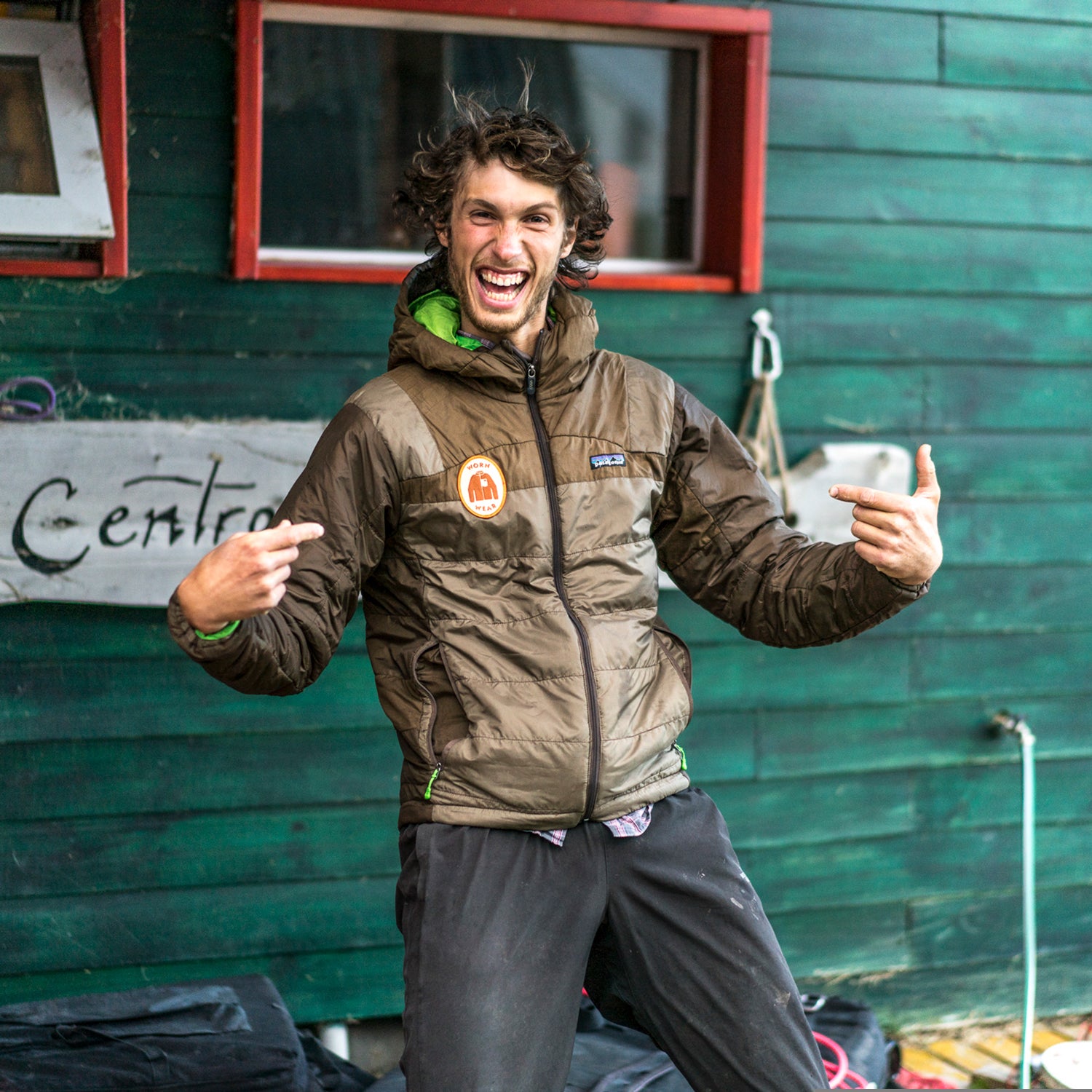Last fall, Patagonia and REI began selling previously owned gear online. (Word has it that the North Face may follow suit.) To be clear, used-product sales aren’t untrammeled ground for these brands; REI has been holding Garage Sale events for its members for years, and Patagonia makes returned items available to employees at deep discounts. But an online store dedicated to secondhand stuff is new territory for both companies. REI dipped a toe in last October when it launched , a redistribution platform for its best gently used returns. And Patagonia’s program, part of its initiative, lets customers exchange older Patagonia apparel and equipment for store credit. Both companies vet the products, and acceptable items are cleaned and prepped for resale.
Sites like and have long given people an easy way to sell used kit, but the decision by outdoor-industry heavyweights to jump in is about more than just marketing or a novel way to monetize returns. Patagonia, for one, sees the potential for real profit. Phil Graves, Patagonia’s director of corporate development, expects the new market to account for a double-digit percentage of the brand’s overall business by 2023. And, as with most trends these days, he believes younger consumers will drive that growth. “Millennials care deeply about environmental and social aspects when making purchasing decisions,” Graves says. Matt Powell, vice president of market-research company , echoes that view. “This is very much an extension of where millennials are in terms of shopping. They’re more likely to buy used products.” Not to mention that the markdown is usually around 50 percent.
Neither Patagonia nor REI would disclose sales margins, but Powell believes that the secondhand model is viable. If a company as large as Patagonia can generate 10 percent of its business from products it doesn’t have to make from scratch, that strategy is bound to be adopted by other outdoor brands—and other industries. Graves says he was recently on a call with the vice president of a home-furnishings company that’s exploring a model similar to Worn Wear for its products.
And while convenience-obsessed millennials are spurring the changes, sites like Patagonia’s and REI’s make buying used gear more appealing for everyone. It’s certainly better than rolling the dice on Craigslist.
Tricks of the (Lightly Used) Trade
Before you pull the trigger on a piece of previously owned kit, take a tip from Josh Sims, owner of the consignment shop in Bend, Oregon
Do: Compare prices. “On eBay, each listing shows previous listings of that product and what they went for,” Sims says.
Don't: Buy used helmets or climbing gear. A helmet that looks OK may be internally unsound, and ropes can suffer unseen core shots that make an entire safety system likely to fail.
Do: Embrace the gross. “Hats, gloves, and footwear are three product categories that you can get really great deals on, because of the ick factor,” Sims says.
Don't: Buy used underwear. That’s just too �����Dz���.��


